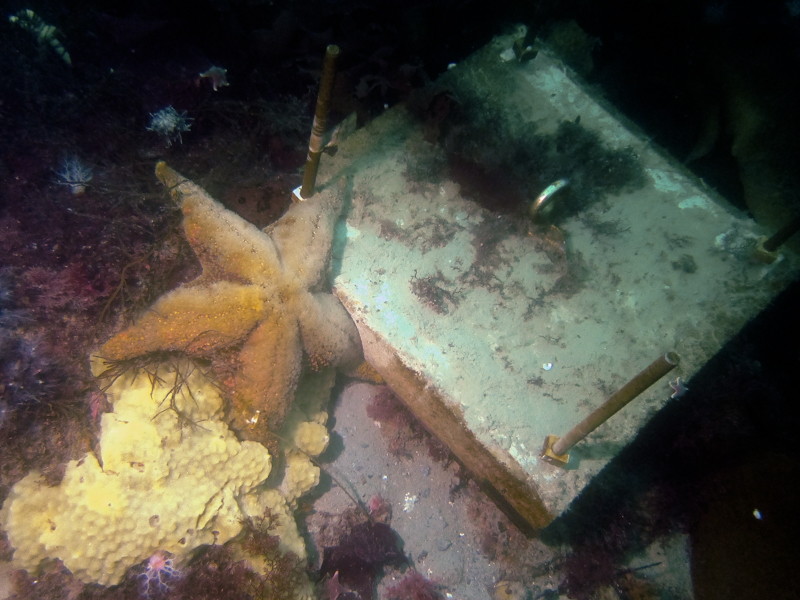
Being one of the lucky people who was already at Palmer Station last season, it probably only took about 5 minutes for me to feel at home again. And of course, like everyone else, I was eager to get back in the water. This time around, I had a different reason though for my unrest: an anxious anticipation for the reunion with our long-term experiments.
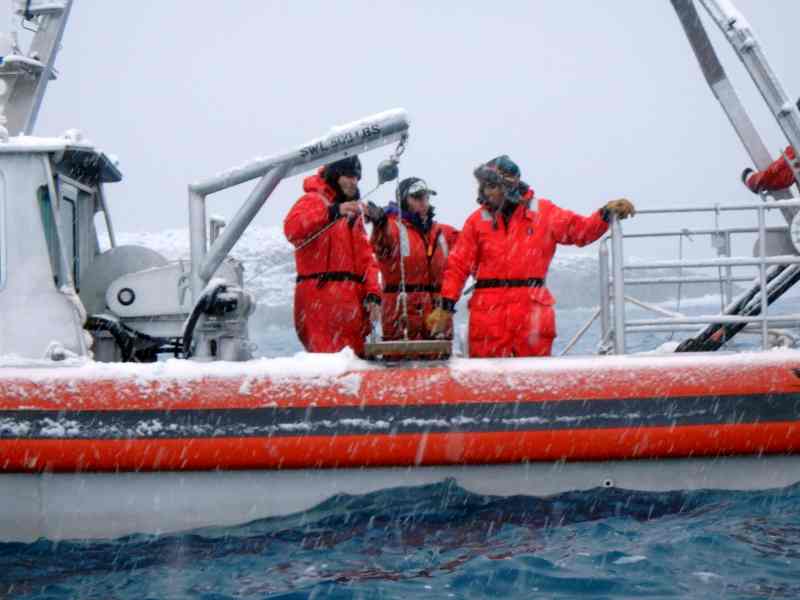
At the end of last season, we scrambled to deploy substrates which would harbor these long-term experiments. The weather had started to become very wintery which meant a lot of wind and snow. Unfortunately, those conditions stoped us from taking a zodiac out and jumping into the water as readily as we hoped. However, we did manage to get them all deployed and ever since have been wondering how they would fare over the course of the winter. Wind and weather generally move icebergs around a lot and we feared that a direct hit would just wipe out all the substrates.
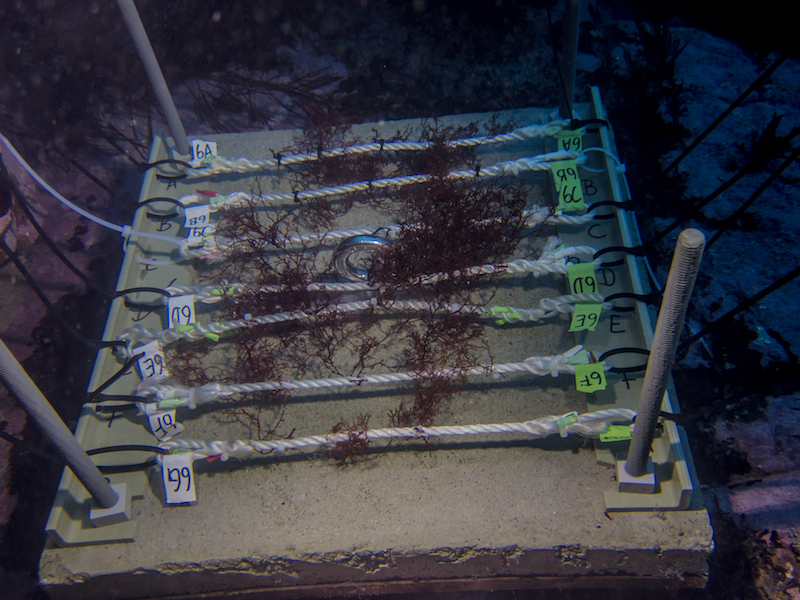
So, what’s the science behind this madness? Ploc (discussed in my last post) – the most beautiful seaweed in the world – produces a lot of nasty chemicals to defend itself against grazers. This is very common in sessile organisms as they are not able to run away from any predators. The really cool thing about Ploc is that different individuals are producing different chemicals. It is intriguing why we see such a high diversity within the same species. Furthermore, it might have impacts on the ecosystem which we are just starting to understand (more on that in a later post).
The question here is: why are we seeing such a high diversity in defensive chemicals? Could it be genetic (like you and me having different eye colors) or could the environment influence what chemicals they are producing. This is why we set out to transplant individuals between sites at which the chemicals produced were differing.
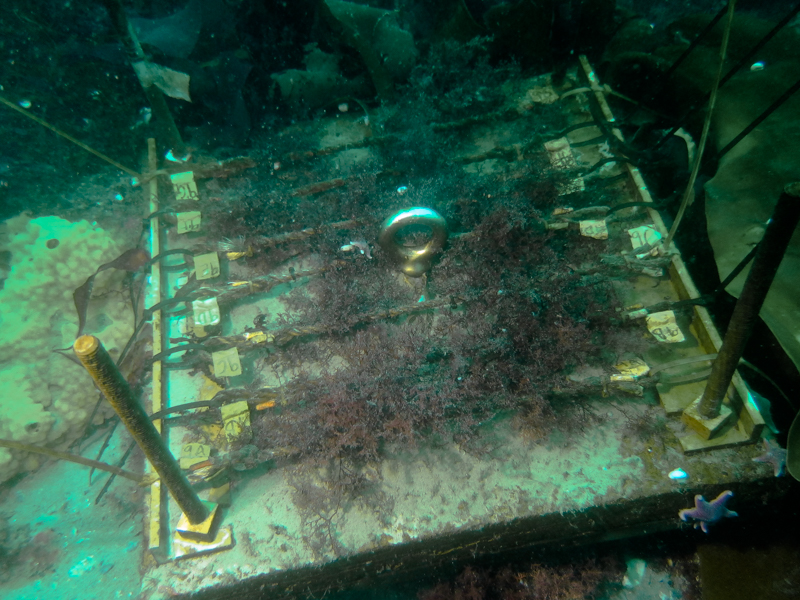
These transplants were supposed to stay in all winter and be recovered for the first time upon our return in the beginning of this season. To me, it felt a little bit like the tension building up in a scary movie: we were getting closer and closer to checking on them. Finally, the day arrived, we loaded up our gear, drove out to the first site and got in the water in anxious anticipation. Check out the video to see what happened:
I think I felt like a small kid at Christmas. They are still here and they looked beautiful!
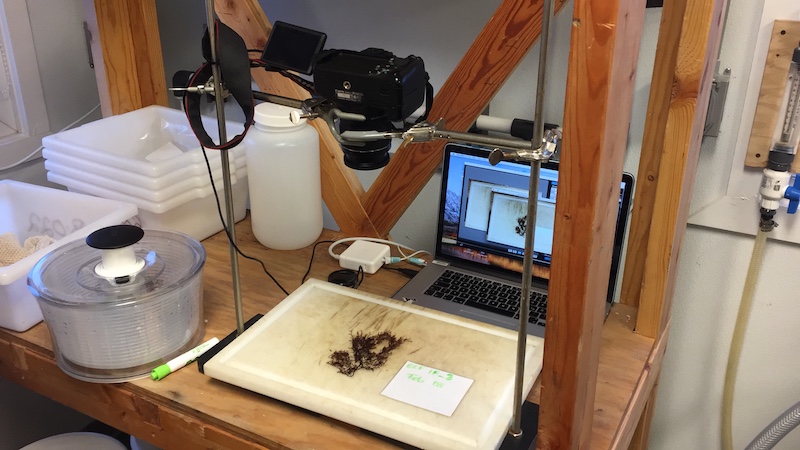
So, we collected them and brought them back to the laboratory to measure their growth and take samples for the chemical analysis. We will not see the data until the samples have been analyzed by Dr. Bill Baker and Andrew Shilling back at the University of South Florida. However, we are super excited that the experiments were still there. After that, we redeployed the experiments so that they can stay out until the end of our season in June which is when we will collect them for good, and measure and sample again. Keep your fingers crossed that the icebergs continue avoiding our experiments!